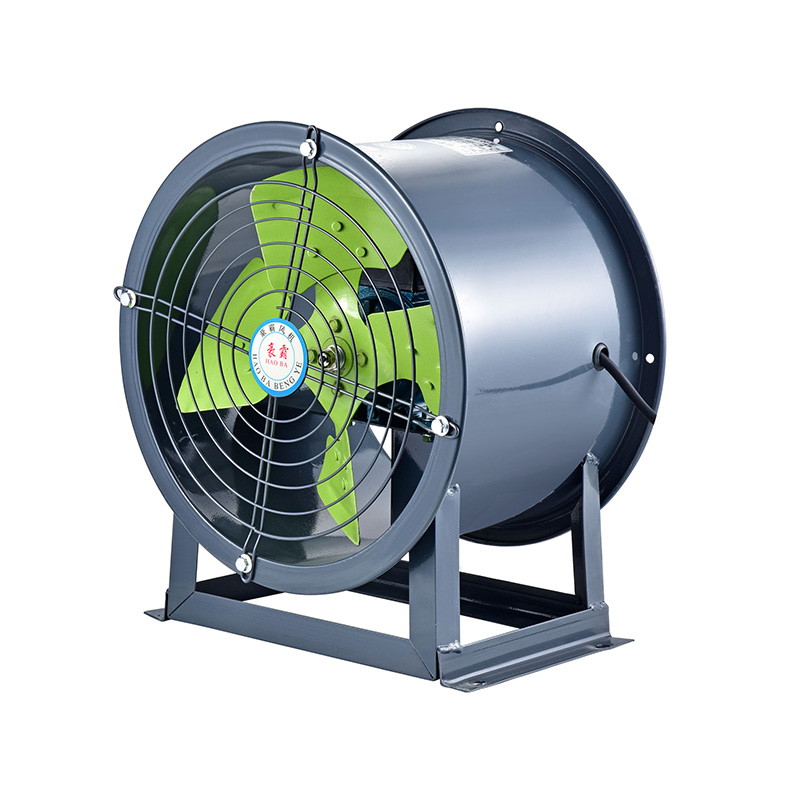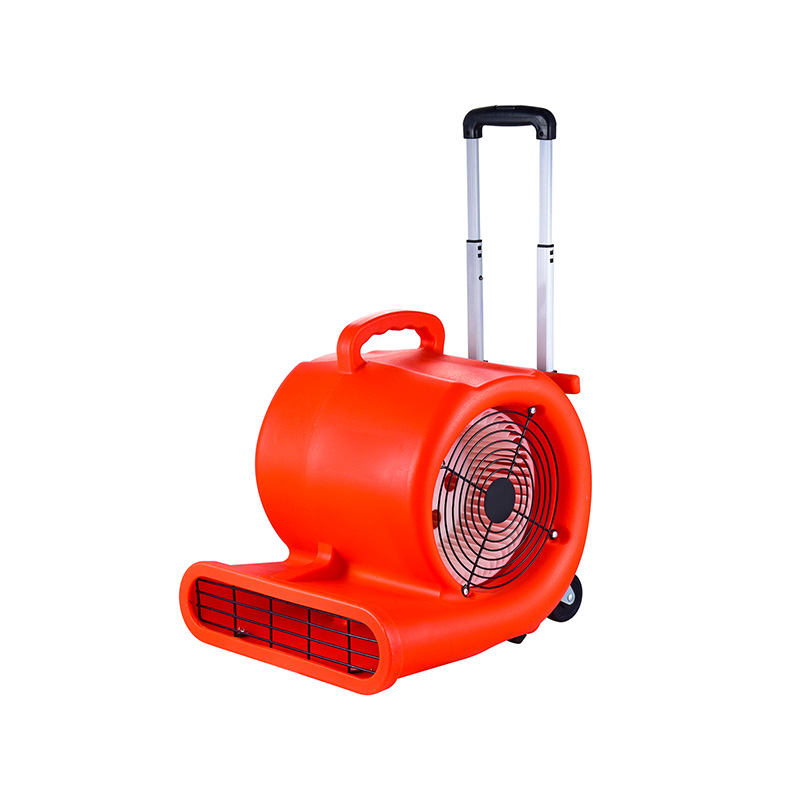Enhancing Airflow with Mixed Flow Duct and Floor Fans
2025-10-29
In many ventilation systems, maximizing airflow—while maintaining efficiency and comfort—is a central goal. When you integrate both a Mixed Flow Duct Fan and a Blow Floor Ventilator, you gain a strategy to push air through ducts and then distribute it near the floor level. These two components work in tandem: the duct fan drives the air over distance, and the floor ventilator ensures that air reaches zones and levels that might otherwise remain under-ventilated.

Design Strategies to Maximize Airflow
Here are strategies and tips for enhancing airflow when using a Mixed Flow Duct Fan in concert with a Blow Floor Ventilator.
1. Optimize Duct Layout Upstream
Use straight runs or gentle curves before the ventilator intake. Avoid abrupt expansions or contractions, which can induce turbulence and reduce effective flow.
Keep transitions gradual, especially near the inlet of the blow floor ventilator.
Minimize fittings, sharp bends, or unnecessary redundancy before the ventilator.
2. Place Floor Ventilators Strategically
Position Blow Floor Ventilator units in locations that minimize obstructions (walls, pallets, machinery) so the airflow can travel farther.
Overlap the coverage of multiple ventilators to avoid dead zones between them.
Adjust the throw angle where possible (some ventilators allow adjustable louvres or vanes) to aim air toward target zones.
3. Match Fan Performance Curves
Ensure the Mixed Flow Duct Fan provides more than enough pressure margin to overcome upstream losses and the resistance of the blow floor ventilator(s).
The blow floor ventilator(s) should be matched to the delivered pressure. If the pressure is too low, they won’t push sufficiently; if too high, efficiency drops or noise may rise.
4. Use Variable Speed Control & Zonal Modulation
Use a control strategy where the Mixed Flow Duct Fan maintains a baseline flow, and the Blow Floor Ventilator units modulate based on local demand (e.g. temperature sensors, occupancy).
In lower-demand periods, some floor ventilators can reduce speed or shut off, reducing energy consumption while the duct fan continues baseline delivery.
5. Aerodynamic Surface Treatment & Flow Straighteners
Employ inlet vanes or flow straighteners upstream of the Blow Floor Ventilator to reduce swirl and align airflow, improving effective throw.
Use smooth duct surfaces and minimize protrusions or obstacles in the airstream.
Troubleshooting Common Airflow Issues
Even well-designed systems may face airflow challenges. Here’s how to diagnose and remediate common problems.
Reduced Throw or Short Air Stream
If the Blow Floor Ventilator doesn’t deliver air far enough, possible causes include:
Inadequate pressure delivered from the duct fan.
Turbulence or flow separation at the ventilator inlet (use smoother transitions or vanes).
Obstructions or interference in the airflow path.
Solution: increase pressure margin, rework duct inlet geometry, adjust louvres or reorient ventilators.
Uneven Air Distribution or Dead Zones
Some zones may receive too much airflow while others remain stagnant.
This often stems from poor placement or overly rigid patterns.
Solution: overlap coverage, adjust spacing, use multiple ventilators with overlapping throws.
Noise, Pulsing, or Instability
If the system hums or creates pulsating airflow, it might be due to mismatched fan curves or control conflict.
Turbulence or flow reversal can also contribute to instability.
Solution: recalibrate control logic, add damping or silencers, revise layout to reduce re-circulation zones.
Pressure Drop Over Time
Over time, filters, dust, or obstructions may increase losses, reducing effective airflow.
The Mixed Flow Duct Fan and Blow Floor Ventilator should each have some headroom built in.
Solution: schedule periodic cleaning, inspect for blockages, check and adjust performance.

 English
English русский
русский عربى
عربى









